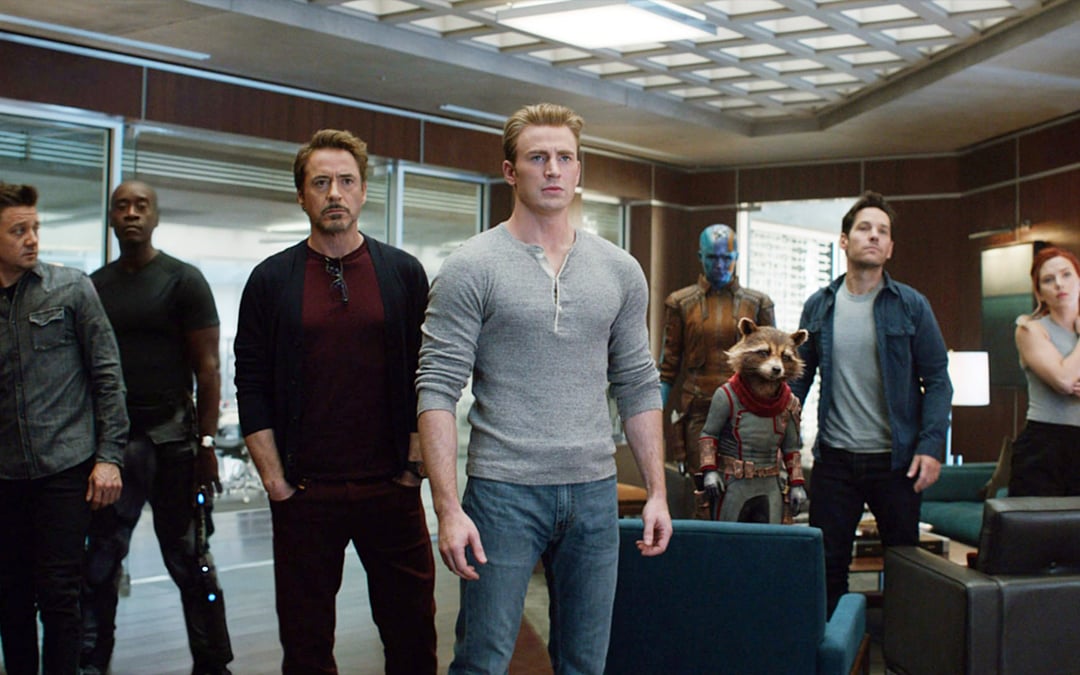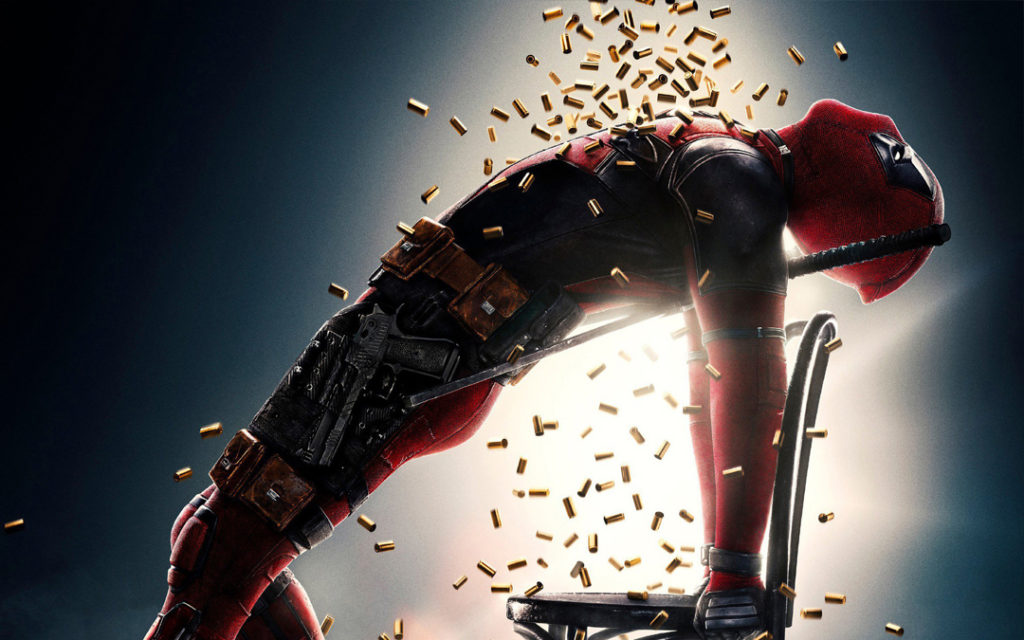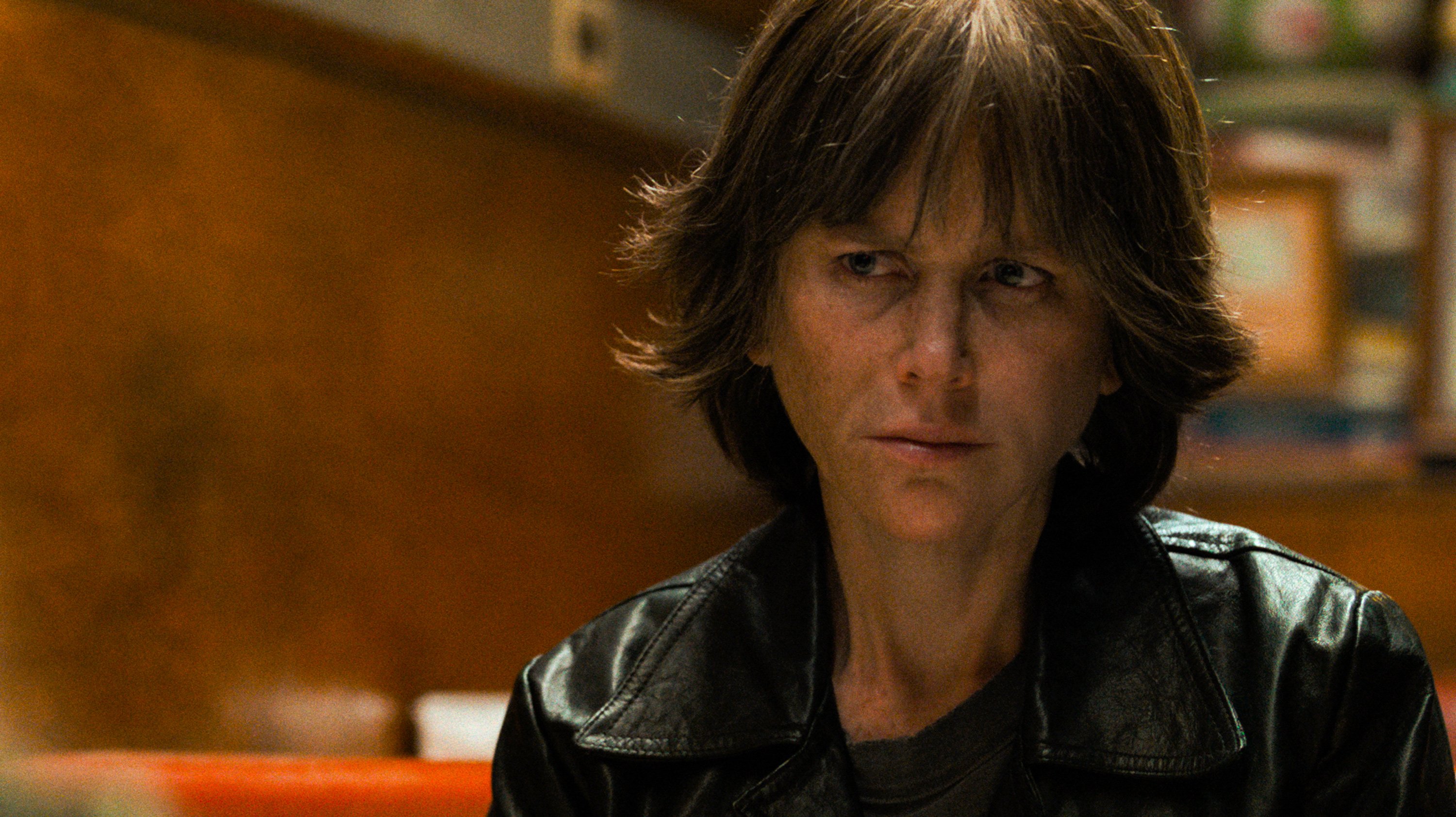All The Write Moves: 'The Kitchen'
August 19, 2019
There’s a natural tendency among aspiring screenwriters to seek guidance and inspiration only from critically acclaimed and/or financially successful films and TV shows. Yet it’s just as important for new scribes to study films that don’t connect commercially or critically in order to understand what didn’t work—and, more troublingly, what almost worked. Consider The Kitchen, a period crime drama based upon a DC/Vertigo comic book and starring the lively trio of Tiffany Haddish, Melissa McCarthy, and Elisabeth Moss. Although the film crashed and burned with audiences and reviewers, it still offers some interesting lessons.
A Premise Isn’t Enough
As in the source material, which was created by Ollie Masters and Ming Doyle, The Kitchen boasts an exciting premise—after their husbands are caught committing a robbery and sent to jail, three housewives take over the Irish mob in the Hell’s Kitchen neighborhood of New York City circa 1978. Andrea Berloff, a veteran screenwriter making her directorial debut, presents the story as a gruesome fable of female empowerment.
Alas, watching The Kitchen reveals that a great premise is not enough to generate a compelling cinematic experience. The Kitchen suffers from shortcomings including flat direction, plot holes, and sluggish pacing, so at times it feels as if whole chunks of storytelling are missing. And while the top-billed actresses are all well cast, the film never arrives at the consistent tone that would be necessary to fuse the actresses’ varied energies. Haddish goes big, McCarthy goes small, and Moss goes somewhere in between, so they occasionally seem as if they’re in three different movies.
The frustrating part is that each of those three different movies is interesting. Haddish taps into racial angst by playing a black woman who married into a white crime family but never earned true acceptance, giving her ample reason to upset the status quo. McCarthy plays a conflicted housewife whose husband is a nice guy even though he’s a violent criminal. And Moss’s explores very dark places when her character romances a hit man who teaches her to dismember corpses. Any one of these storylines could have supported a whole movie, and it’s tantalizing to imagine a version of The Kitchen that successfully pulls the elements together.
Given these givens, what’s the positive lesson that one can extrapolate from studying the imperfections of The Kitchen’s? Not all premises are created equal. A truly great premise is one that suggests two equally believable and inevitable endings. For instance, the premise of The Godfather logically suggests that Don Corleone will save his family by identifying a successor, or else he will destroy his family by failing to do so. The genius of cowriter-director Francis Coppola’s execution is that he landed on one of the inevitable endings while still retaining traces of the other inevitable ending.
The premise of The Kitchen doesn’t naturally suggest logical end points, because with three main characters, the story could easily turn in any number of directions. Therefore, the onus on Berloff was to reframe the story in such a way that her ending felt inevitable—meaning believable, organic, and satisfying—in retrospect. The harsh reception that The Kitchen has received reveals the degree of difficulty she faced in pursuing this goal.
Takeaway: A premise without a powerful ending is incomplete.
Body Language
As alluded to earlier, one of the most vivid scenes in The Kitchen features Claire (Moss) carving up a corpse with the guidance of hitman Gabriel (Domhall Gleeson). Setting aside that Gabriel’s entrance into the story is one of the movie’s biggest narrative hiccups, Gabriel takes the movie to intriguing places once he arrives. For instance, Claire’s very first scene sets her up as a perpetual victim poised to empower herself, so once Gabriel teaches Claire how to kill, she takes vengeance to outrageous extremes. He’s the key to the change.
The clue that the Claire/Gabriel relationship will have grim aspects appears during Gabriel’s first sequence. Through circumstances that won’t be spoiled here, Claire and Gabriel assume responsibility for making a corpse disappear. Gabriel calmly explains that the trick is to sever one limb at a time, and then to puncture the lungs so the dismembered corpse won’t be buoyant once it’s put into a river leading to the sea. This is nasty stuff made even nastier once Claire displays enthusiasm for the task.
Berloff uses this character turn to define an arc heading downward, following the grand tradition of crime films about characters who pay terrible prices for embracing violence. But before she gets there, Berloff adds something perverse by making the shared experience of carnage a sort of erotic bond connecting Claire and Gabriel. Carving up a corpse is their first date.
Takeaway: In dark stories, showing characters bonding through violence can have powerful thematic repercussions.
Less Is More
It’s not necessarily a compliment to say that The Kitchen has enough story threads for a season of television, for while Berloff is to be commended for her ambition, several important aspects of the plot receive insufficient oxygen to function as they should. (To be fair, it’s entirely possible that Berloff submitted a more coherent version to the studio, only to have it recut, a fate that often befalls first-time directors.) The lesson here is one that screenwriters need to learn again and again at every phase of their careers. Less is more.
For example, one Kitchen subplot with unfulfilled potential is the presence of Alfonso Coretti (Bill Camp), a Brooklyn mob boss who crosses paths with the film’s protagonists. After a juicy introductory scene, Coretti mostly disappears until a consequential sequence involving Kathy (McCarthy). Bumps like this occur throughout The Kitchen, with supporting characters inexplicably surging in importance or fading from view.
Particularly when telling a big-canvas story like the one presented in The Kitchen—which covers several years of events—it’s a good idea to have a deep roster of supporting characters. These people are useful for bringing out aspects of leading characters, and for introducing new story elements at regular intervals. The hard part is separating the wheat from the chaff at harvest time.
In screenwriting terms, harvest time is the rewriting process, during which the conscientious writer strives to gain a macro view of the story. Everything essential should stay, and everything superfluous should go. This is when plotlines get streamlined, supporting characters get combined with each other to thin the herd, and entire narrative threads get discarded, thus freeing up screen time for the main action.
Watching The Kitchen, one sees what happens when this process doesn’t achieve the desired results. Although the film generally tells a linear story—three women take over the Irish mob—too often the story meanders, backtracks, or gets lost. Rewriting is the time during which scribes insulate themselves against these problems to the utmost degree possible. While rewriting, ensure that each character, each scene, and each line moves the story forward in a purposeful fashion. Otherwise, the filming process will amplify every single script problem.
Takeaway: When rewriting a mainstream script, identify and cut anything that doesn’t deepen the impact of the main storyline.
Written by: Peter Hanson
Peter Hanson is a Los Angeles-based writer, filmmaker and teacher. He directed the screenwriting documentary Tales from the Script, and he teaches at Pepperdine University and UCLA Extension. He provides script consulting at www.GrandRiverFilms.com.- Topics:
- Discussing TV & Film




